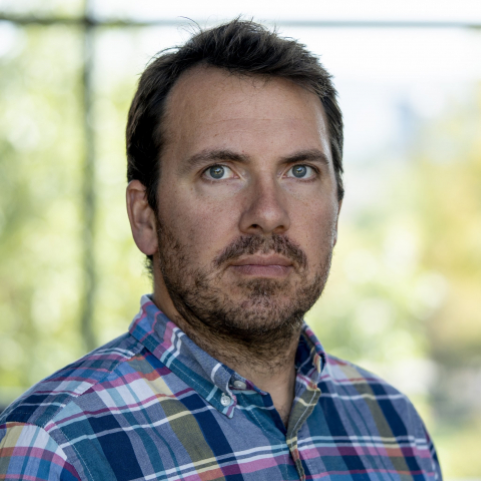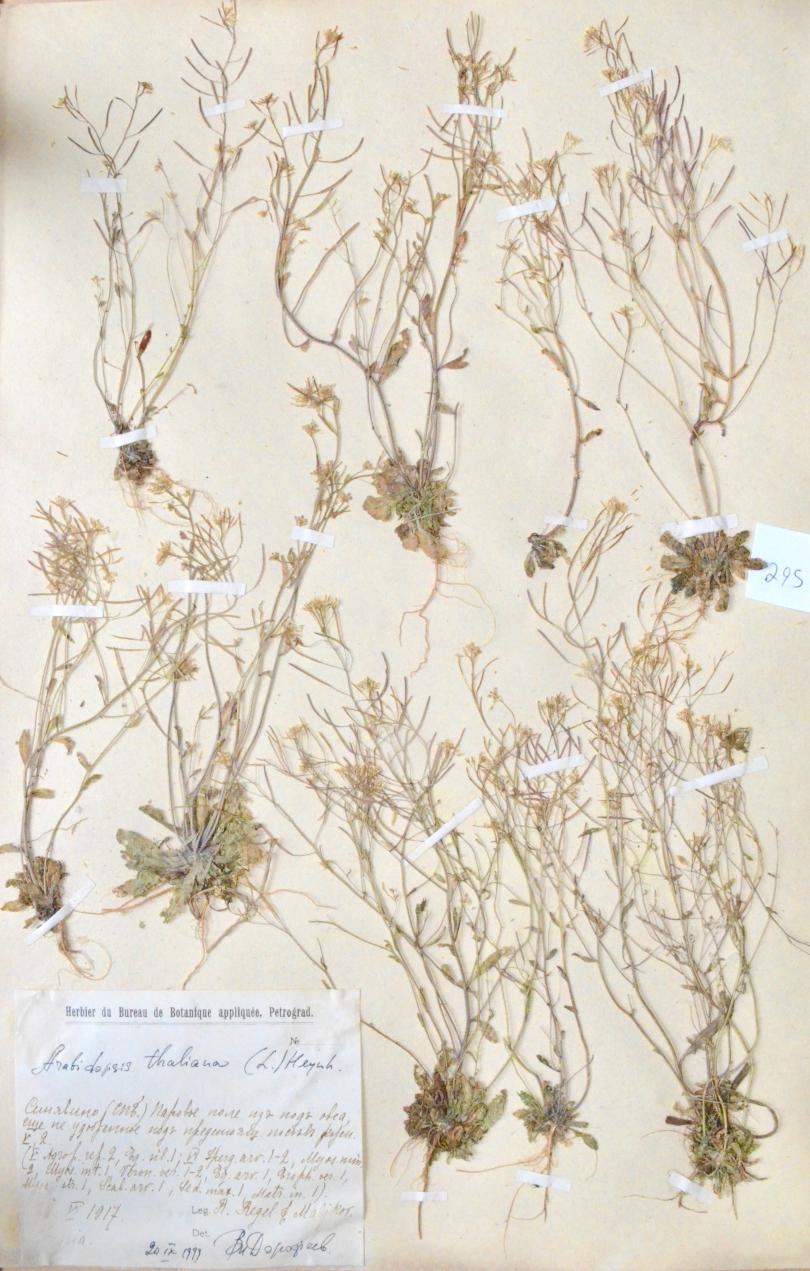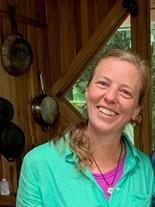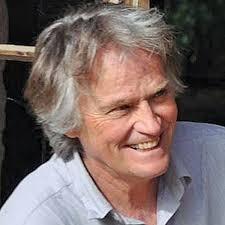"Adaptation in Arabidopsis through Space and Time"
 Dr. Jesse Lasky | Lasky Lab
Dr. Jesse Lasky | Lasky Lab
Bio:
Dr. Jesse Lasky attended Kenyon College and received his BA in Biology and a PhD in Ecology Evolution & Behavior at UT-Austin. Dr. Lasky was a postdoc at Columbia University and is now a faculty member at Penn State University, in addition to being the herbarium director.
Abstract:
Global patterns of population genetic variation through time offer a window into evolutionary processes that maintain diversity. Over time, lineages may expand or contract their distribution, causing turnover in population genetic composition. At individual loci, migration, drift, and selection (among other processes) may affect allele frequencies. Museum specimens of widely distributed species offer a unique window into the genetics of understudied populations and changes over time. Here, we sequenced genomes of 130 herbarium specimens and 91 new field collections of Arabidopsis thaliana and combined these with published genomes. We sought a broader view of genomic diversity across the species, and to test if population genomic composition is changing through time. We documented extensive and previously uncharacterized diversity in a range of populations in Africa, populations that are under threat from anthropogenic climate change. Through time, we did not find dramatic changes in genomic composition of populations. Instead, we found a pattern of genetic change every 100 years of the same magnitude seen when comparing Eurasian populations that are 185 km apart, potentially due to a combination of drift and changing selection. We found only mixed signals of polygenic adaptation at phenology and physiology QTL. We did find that genes conserved across eudicots show altered levels of directional allele frequency change, potentially due to variable purifying and background selection. Our study highlights how museum specimens can reveal new dimensions of population diversity and show how wild populations are evolving in recent history.
Watch the seminar here!



